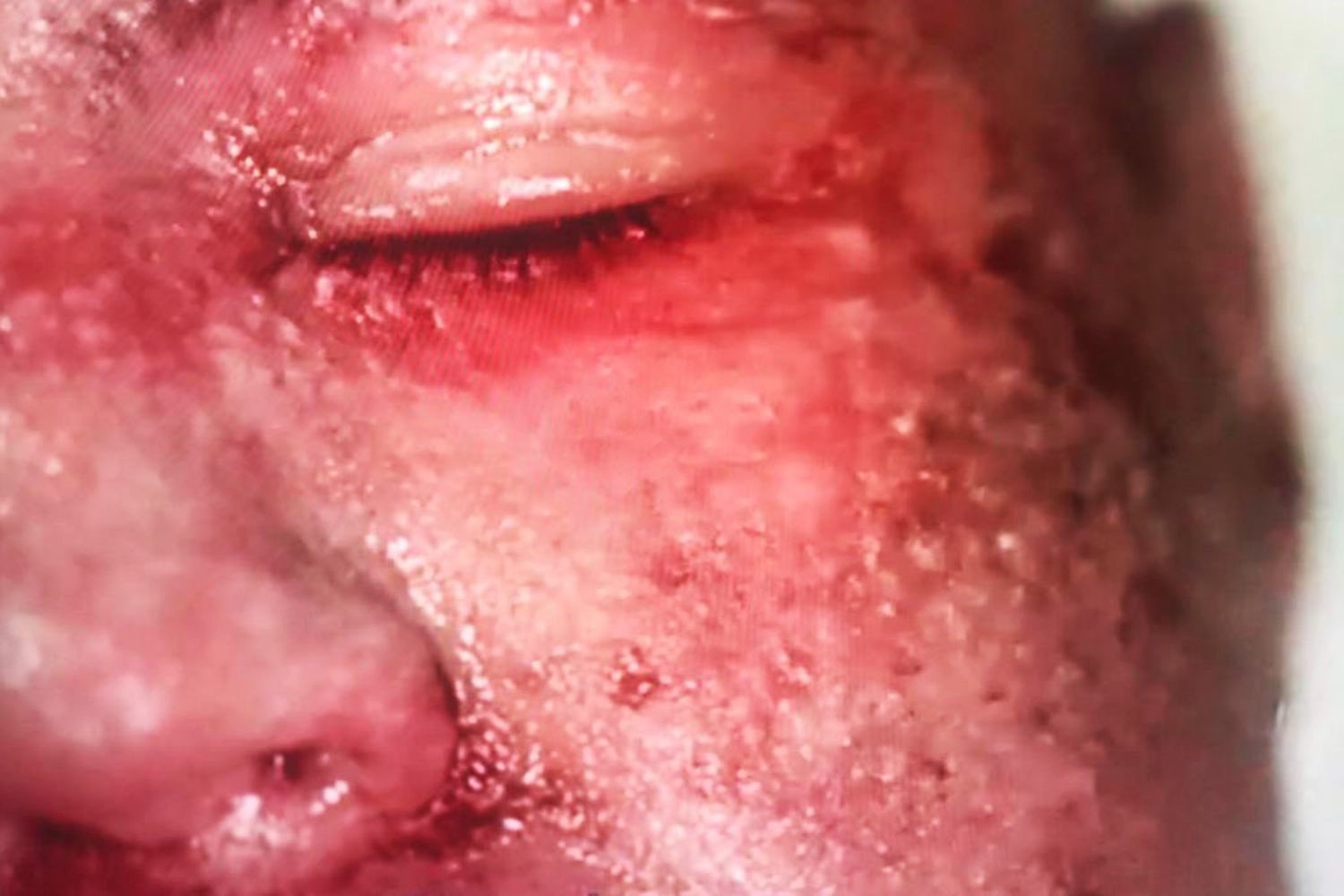
Acute Radiation Syndrome (ARS), often called radiation sickness, is a serious condition caused by exposure to high doses of ionizing radiation in a short period. But what exactly happens to the body during ARS? When radiation levels spike, cells in the body, especially those that divide quickly, get damaged or destroyed. This can lead to symptoms like nausea, vomiting, diarrhea, and even hair loss. How does one get exposed to such high levels of radiation? Events like nuclear accidents, radiation therapy mishaps, or even certain industrial accidents can lead to ARS. Understanding ARS is crucial because it helps in preparing for and managing potential radiation emergencies. Want to know more about this condition? Let's dive into 22 fascinating facts about Acute Radiation Syndrome.
Key Takeaways:
- Acute Radiation Syndrome (ARS) is a serious condition caused by high doses of radiation, leading to symptoms like nausea and infections. Prompt medical treatment and radiation safety measures are crucial for prevention.
- Historical incidents like Chernobyl and Hiroshima highlight the dangers of ARS. Long-term effects can include cancer and psychological issues. Radiation protection and public education are essential for prevention.
What is Acute Radiation Syndrome?
Acute Radiation Syndrome (ARS), also known as radiation sickness, occurs when a person is exposed to a high dose of ionizing radiation in a short period. This condition can lead to severe health issues and even death. Let's explore some intriguing facts about ARS.
-
ARS is caused by exposure to high doses of ionizing radiation, typically over 1 Gy (Gray) in a short time.
-
Symptoms of ARS can appear within minutes to days after exposure, depending on the radiation dose.
-
ARS affects rapidly dividing cells in the body, such as those in the bone marrow, gastrointestinal tract, and skin.
-
The severity of ARS is categorized into four stages: prodromal, latent, manifest illness, and recovery or death.
-
The prodromal stage involves initial symptoms like nausea, vomiting, and diarrhea.
-
During the latent stage, symptoms may temporarily subside, giving a false sense of recovery.
-
The manifest illness stage is when severe symptoms reappear, including infections, bleeding, and gastrointestinal issues.
-
Recovery or death depends on the radiation dose and the effectiveness of medical treatment.
Historical Incidents of ARS
Throughout history, several incidents have led to cases of ARS. These events highlight the dangers of radiation exposure and the importance of safety measures.
-
The Chernobyl disaster in 1986 resulted in numerous cases of ARS among first responders and plant workers.
-
The atomic bombings of Hiroshima and Nagasaki in 1945 caused widespread ARS among survivors.
-
The Goiânia accident in Brazil in 1987 involved the accidental exposure of several people to a radioactive source, leading to ARS cases.
-
The Fukushima Daiichi nuclear disaster in 2011 raised concerns about potential ARS cases among workers and residents.
Medical Treatment and Management
Treating ARS requires prompt medical intervention to mitigate the effects of radiation and support the body's recovery.
-
Initial treatment focuses on stabilizing the patient and managing symptoms like nausea and vomiting.
-
Blood transfusions and antibiotics may be necessary to address infections and support the immune system.
-
Bone marrow transplants can help regenerate damaged bone marrow cells in severe cases.
-
Potassium iodide can be administered to protect the thyroid gland from radioactive iodine exposure.
Long-term Effects and Prevention
Survivors of ARS may face long-term health issues, making prevention and safety measures crucial.
-
Long-term effects of ARS can include an increased risk of cancer, cataracts, and cardiovascular diseases.
-
Psychological effects, such as anxiety and depression, are common among ARS survivors.
-
Radiation protection measures, such as shielding, distance, and limiting exposure time, are essential to prevent ARS.
-
Personal protective equipment (PPE) and radiation detection devices are vital for workers in high-risk environments.
-
Public education and emergency preparedness can help minimize the impact of radiation accidents.
-
International organizations, like the International Atomic Energy Agency (IAEA), work to promote radiation safety and prevent ARS cases worldwide.
Final Thoughts on Acute Radiation Syndrome
Acute Radiation Syndrome (ARS) is a serious condition resulting from high doses of ionizing radiation. Symptoms can range from nausea and vomiting to severe damage to internal organs. Understanding ARS is crucial for those working in environments with potential radiation exposure. Quick medical intervention can significantly improve survival rates.
Preventive measures, such as protective gear and radiation monitoring, are essential in high-risk areas. Awareness and education about ARS can help mitigate risks and ensure prompt treatment.
While ARS is rare, its impact can be devastating. Staying informed and prepared can make a significant difference in outcomes. By recognizing the symptoms early and seeking immediate medical care, the chances of recovery increase.
Knowledge about ARS empowers individuals to take necessary precautions and respond effectively in case of exposure. Stay safe, stay informed.
Frequently Asked Questions
Was this page helpful?
Our commitment to delivering trustworthy and engaging content is at the heart of what we do. Each fact on our site is contributed by real users like you, bringing a wealth of diverse insights and information. To ensure the highest standards of accuracy and reliability, our dedicated editors meticulously review each submission. This process guarantees that the facts we share are not only fascinating but also credible. Trust in our commitment to quality and authenticity as you explore and learn with us.
